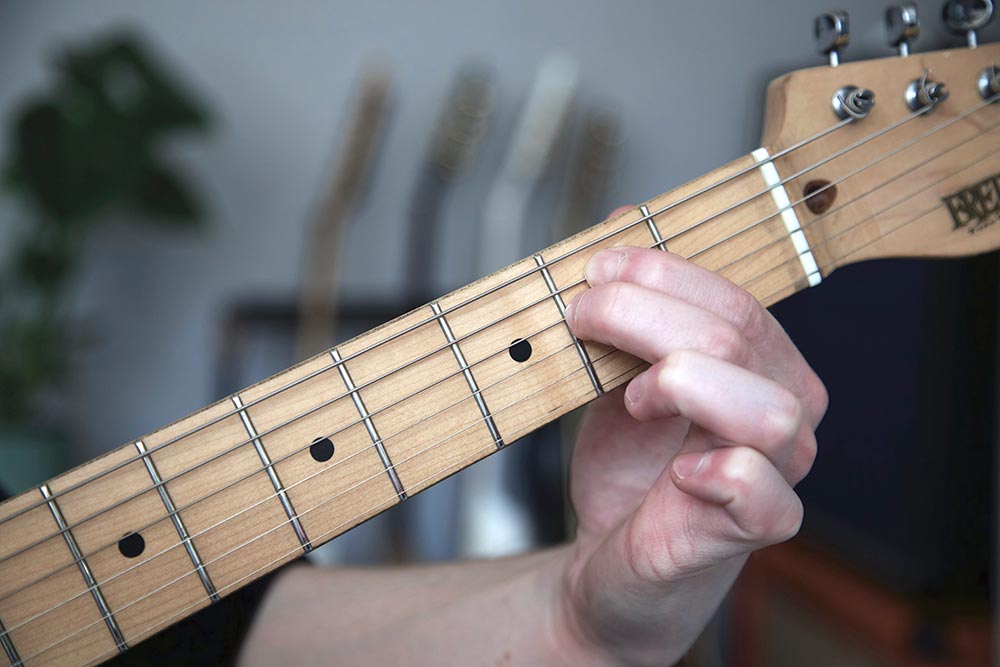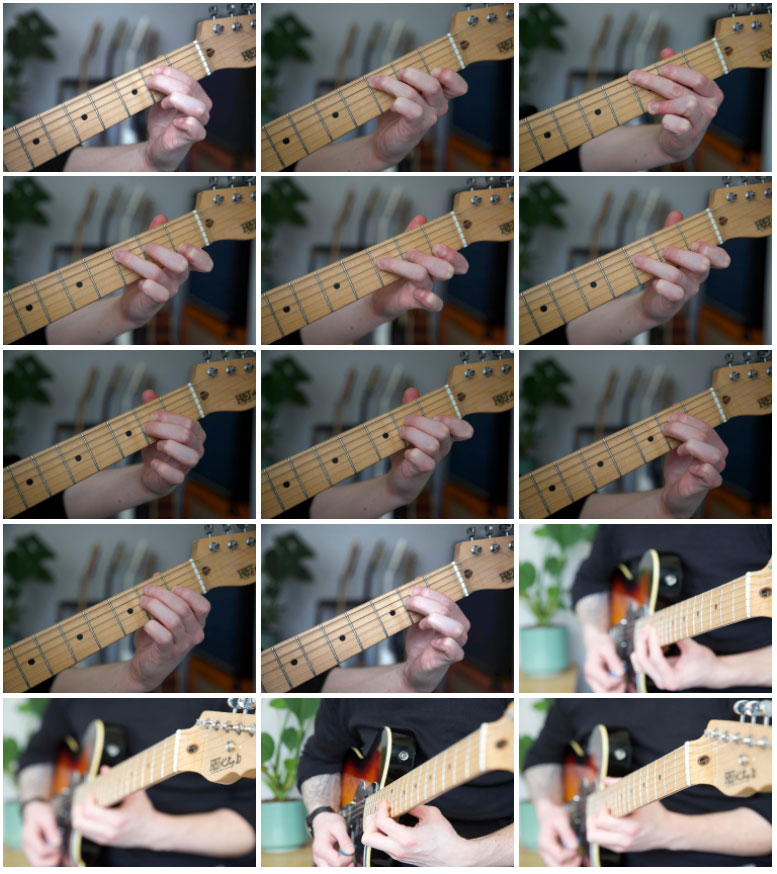
Learning Guitar Chords
Learning Guitar Chords
Learning Guitar Chords n a specific order is crucial to the success of your journey as a guitarist. By starting with single notes, moving onto dyads, power chords, triads, basic open chords, barre chords, and finally advanced chords, you’ll be building a solid foundation and maximizing your potential for growth and development.
- Single notes: This is the starting point for all guitar players. Learning to play single notes is crucial in building the foundation for playing chords. Start by focusing on playing the lowest two strings, then gradually move on to the other strings.
- Dyads: Once you have mastered single notes, it’s time to move on to dyads. A dyad is a two-note chord that is the building block for many other chords. Power chords, for example, are a type of dyad that consist of the root note and the fifth.
- Power chords: Power chords are a great way to learn how to play chords with a strong and straightforward sound. They are typically used in rock and heavy metal music, but can be found in a variety of genres. Focus on playing power chords with the root on the fifth or sixth string.
- Triads: Triads are three-note chords that consist of the root note, the fifth, and the octave. These chords are a bit more complex than dyads and power chords, but they provide a more rich and full sound. Learning triads will help you develop a better understanding of chord structure and will prepare you for learning more advanced chords.
- Basic open chords: After mastering triads, it’s time to move on to basic open chords. Open chords are played with at least one string that is not fretted, allowing the open string to ring out. Examples of basic open chords include C, A, G, E, and D. These chords are a staple in many genres of music and are used frequently in popular songs.
- Barre chords: Barre chords are more challenging than open chords, as they require the player to fret multiple notes with one finger. This can be difficult at first, but with practice, it will become easier. Barre chords provide a wider range of chord options and allow for greater creativity in your playing.
- Advanced chords based on style: Once you have mastered the basics, it’s time to move on to advanced chords that are specific to your preferred style of music. These chords may be more complex and involved, but they will allow you to expand your chord vocabulary and further develop your skills as a guitarist.
The order to learn guitar chords is a personal journey that is unique to each player. Starting with single notes, followed by dyads, power chords, triads, basic open chords, barre chords, and finally advanced chords based on style, is the recommended order for learning guitar chords. This sequence ensures a gradual progression in complexity, allowing you to master each step before moving on to the next. But, it’s important to remember that everyone has a unique learning style, so finding what works best for you is crucial. With consistent practice, you will soon see the fruits of your labor and be on your way to becoming a skilled guitarist.
Why order matters
The order in which you learn guitar chords matters because it helps to streamline the learning process and ensure that you are building a solid foundation for future progress. Starting with simple concepts and gradually increasing in complexity allows you to master each step before moving on to the next.
Learning Guitar Chords in the Proper Order
For example, beginning with single notes helps to establish the basics of playing the guitar and understanding the different sounds produced by each string. Once you have a firm grasp on this, you can move on to dyads and power chords, which introduce the concept of playing two notes together. From there, you can progress to triads, basic open chords, and eventually barre chords, each building upon the skills learned in previous steps.
By starting with simple concepts and gradually increasing in complexity, you are less likely to become overwhelmed and more likely to experience success and progress in your playing. Additionally, taking the time to master each step will lead to a deeper understanding of chord structure and a broader range of chord options in your playing. So if you want to be an effective guitar player, it is important to start with the basics and build from there.







